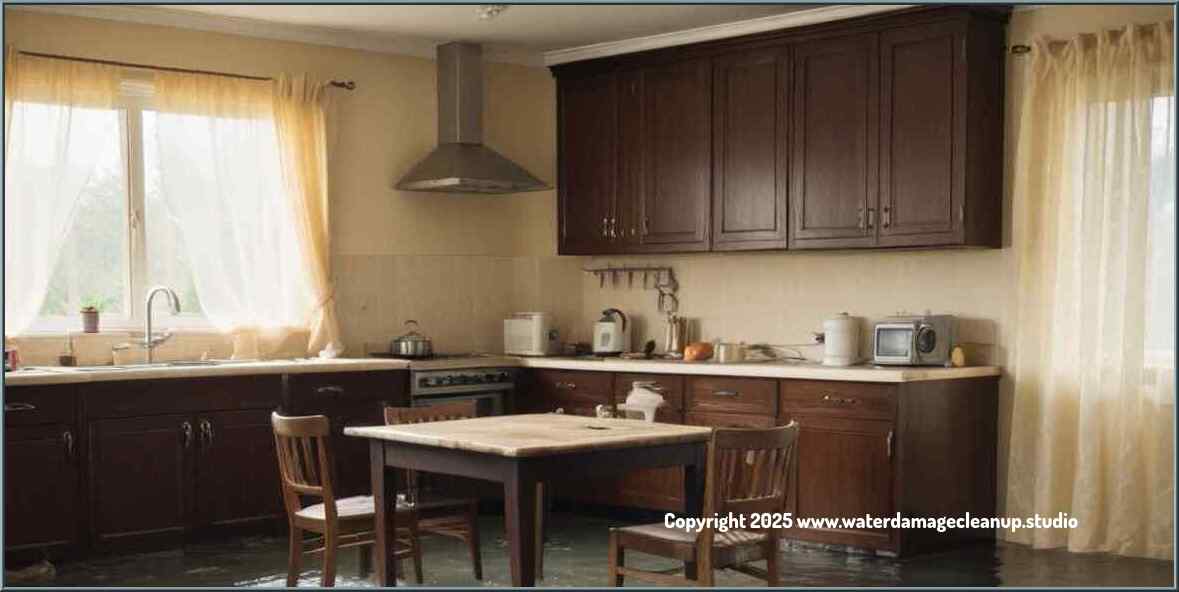One particular area of concern for homeowners dealing with flooded kitchens is their electronic control panels. These panels are responsible for regulating functions like temperature, timers, and settings on various kitchen appliances such as refrigerators, dishwashers, ovens, and microwaves.
If your kitchen has been affected by flooding and you notice issues with your appliance control panels due to moisture infiltration, follow these steps:
1. Safety First: Before attempting any repairs or maintenance procedures involving electricity or electronics, always prioritize safety. Make sure to unplug the affected appliances from power sources before inspection or repair work begins.
2. Drying Out Excess Moisture: Once disconnected from the power supply, carefully remove the control panel covers using appropriate tools like screwdrivers. Assess the extent of moisture damage caused inside them. To dry out any excess moisture effectively:
- Use clean absorbent towels or paper towels to soak up visible wetness. - Utilize low-speed fans positioned strategically around the opened control panel areas to promote air circulation. - Let each component dry completely before moving forward with further actions.
3. Inspecting for Damage: After drying surfaces thoroughly within the electronic compartment of your appliance's controls system:
 - Look for signs of corrosion or burnt marks on circuit boards caused by electrical shorts resulting from water damage.
- Check if fuses and relays have blown out due to overheating during short circuits.
- Look for signs of corrosion or burnt marks on circuit boards caused by electrical shorts resulting from water damage.
- Check if fuses and relays have blown out due to overheating during short circuits.
4. Repairing Electronics: Repairing intricate electronics requires professional expertise in most cases; however,
- If you possess experience troubleshooting electric systems, refer to your appliance's manual for a wiring diagram. - Identify affected components and inspect them closely. Look for obvious signs of damage like melted wires or burnt-out circuitry. - Replace any damaged or non-functioning parts using appropriate electrical knowledge and tools.
5. Preventing Future Damage: To protect appliances from future moisture intrusion:
- Invest in waterproof enclosures designed specifically for control panels. These protective covers can act as a barrier against potential water damage in flood-prone areas. - Consider installing leak detection systems that trigger alarms when water levels rise beyond normal limits near your kitchen appliances.
Remember, the complexity of electronics varies across different kitchen appliances. In cases where repairs become overwhelming or unfamiliar, consult professionals specializing in appliance repair and restoration services with expertise in flood-damaged units.
By taking prompt action, drying out excess moisture, inspecting for damage, making necessary repairs if possible-and implementing preventive measures-you can salvage your kitchen appliances' short-circuited control panels after flooding incidents effectively. Professional Flood Cleanup service providers can offer expert assistance during the post-flood recovery process while ensuring optimal safety standards are met.
The key takeaway is this: never underestimate the value of preserving functional appliances following a flood; restoring them promptly will not only save you money but also reduce unnecessary waste, contributing to a sustainable environment.